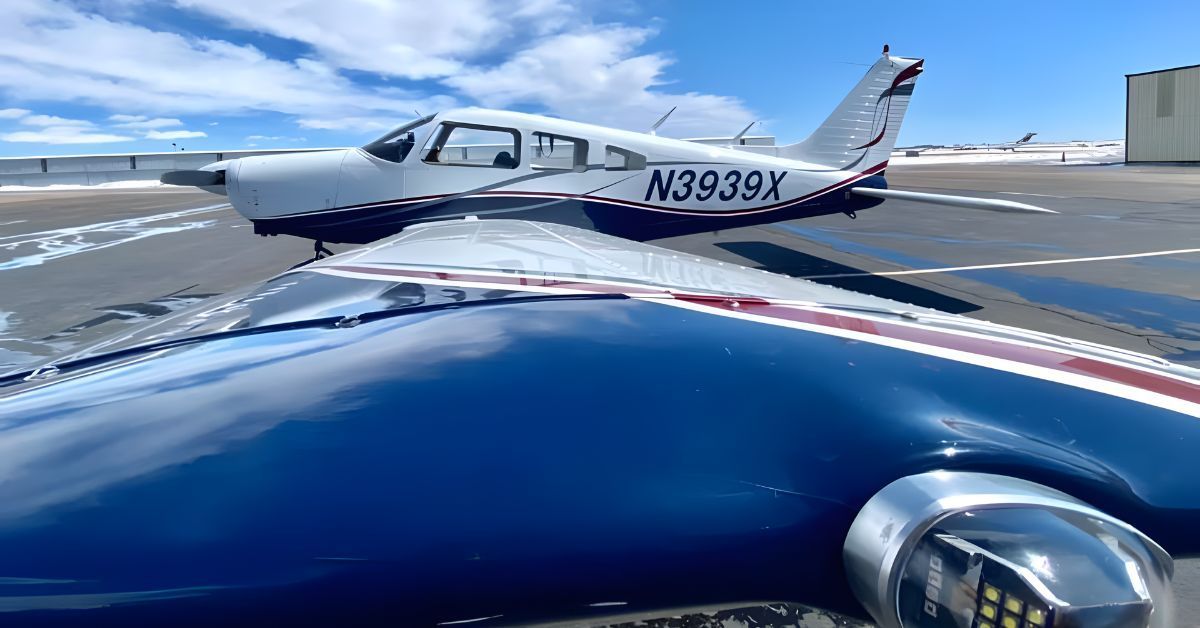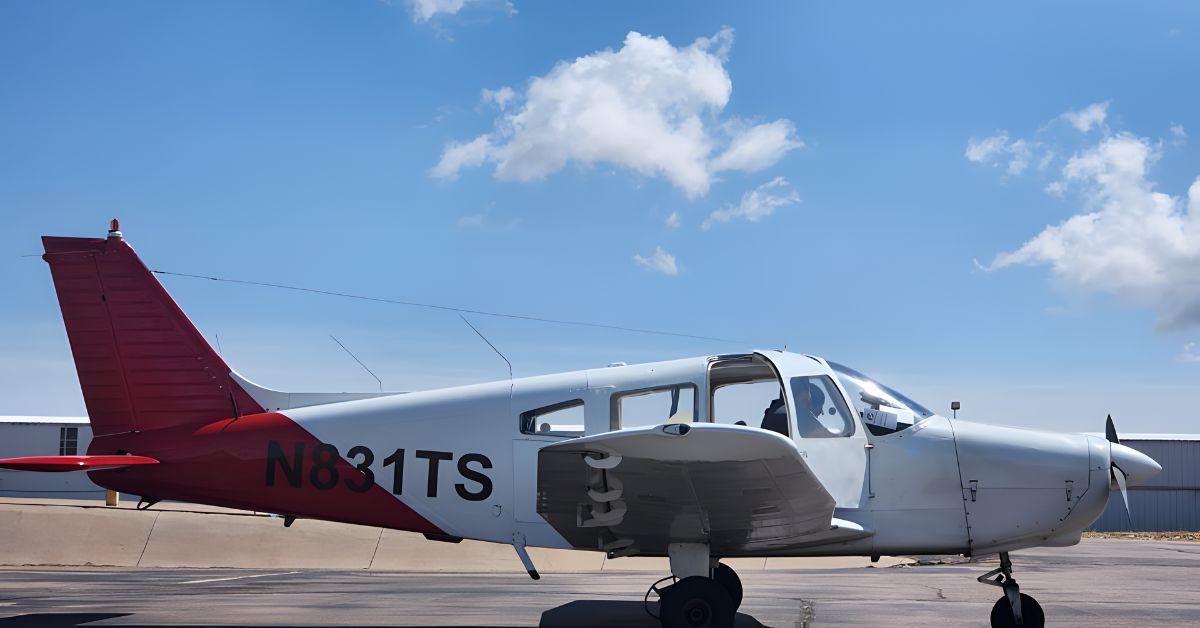What To Expect When Training at High-Altitude Airports
Flying at high-altitude airports poses challenges for even experienced pilots. With thin air, fluctuating temperatures, and variable weather conditions, adapting to the environment requires comprehensive training and preparation. What to expect when training at high-altitude airports typically involves longer takeoff distances, reduced engine performance, and specific maneuvers to ensure safe landings. Pilots can approach these demanding environments with greater confidence and precision by reading the following information.
What Are High Altitude Airports?
High-altitude airports are typically situated 5,000 feet or more above sea level. Locations such as Denver International Airport and La Paz’s El Alto International Airport are facilities where the altitude significantly affects aircraft performance.
At high elevations, atmospheric pressure decreases, resulting in reduced air density. This impacts engine efficiency, lift, and overall aircraft handling. Training for high-altitude operations is essential to mitigate various risk factors.
The Impact of Air Density
Reduced air density or density altitude is a defining characteristic of high-altitude airports. Pilots must adjust their approach to compensate for these conditions. Lower air density leads to diminished lift, meaning aircraft require longer runways for takeoff. Similarly, landing distances may increase as ground speeds are higher. Engine performance is also compromised, reducing thrust output.
Pilots training in high-altitude regions quickly learn to assess these factors and adjust accordingly to maintain safety. El Alto International Airport in La Paz, Bolivia, is a notable example of a high-altitude airport. Situated at an elevation of approximately 13,325 feet above sea level, it is one of the highest commercial airports in the world. The thin air at this altitude poses considerable challenges for pilots and aircraft.
For instance, aircraft departing from El Alto require longer takeoff distances due to reduced engine performance and decreased lift. To address this, airlines might implement weight restrictions on flights to ensure the aircraft can safely take off. Additionally, pilots undergo specialized training to handle the unique conditions associated with extreme altitudes, highlighting the critical importance of preparation and adaptability in aviation.
Engine Performance in High Altitude
Operating aircraft engines efficiently at high altitudes can be complex. Pistons and turbine engines may struggle to generate optimal power without adequate atmospheric pressure. Turboprop aircraft, for example, need to account for reduced propeller efficiency in thinner air.
For pilots flying jets, considerations around reduced thrust put additional focus on precise calculation of takeoff and landing performance. Purposeful flight training tailored for these conditions ensures consistent performance despite such limitations.

Weather Variability at Elevations
Knowing what to expect when training as a pilot in high-altitude airports also contends with abrupt weather changes. Atmospheric dynamics at elevation mean rapid temperature changes, gusts, and turbulence are common challenges. Strong mountain winds create phenomena like wind shear and rotor waves. Cloud formations may also obscure visibility during critical phases of flight.
Education is essential to prepare pilots for a wide range of challenges. A flight school in Colorado trains pilots to manage variables, so they’re ready for real-world scenarios at high altitudes. Combining theoretical knowledge with hands-on practice sharpens a pilot’s ability to effectively assess and react to weather threats.
For example, a training session might involve a pilot navigating through the sudden onset of mountain wave turbulence while approaching a ridge. The instructor would help the student maintain control of the aircraft and situational awareness by sustaining the appropriate airspeed. The student would also adjust the aircraft’s altitude to avoid the worst of turbulence.
Terrain Awareness and Navigation
At most high-altitude airports, the surrounding terrain presents an added layer of complexity. Elevated landscapes, such as mountainous areas, restrict maneuvering options, especially during climb-outs or approaches. The limited room for error highlights the importance of situational awareness.
To avoid obstacles, pilots must rely on terrain mapping tools, GPS systems, and visual cues. Training programs often incorporate simulators and actual flights in mountainous zones, ensuring proficiency in navigating rugged topography.
Designing Flight Plans
Flight planning is critical when operating from high-altitude airports. This includes accurately calculating fuel consumption, load weights, and potential diversions based on altitude-induced changes. Senior instructors emphasize topics like weight-and-balance recalculations due to density altitude impact. When pilots invest time to learn preflight optimization techniques, surprises in mid-flight become manageable.
Adjusted Takeoff and Landing Techniques
Takeoff and landing procedures differ significantly in high-altitude airports. Pilots must account for longer acceleration times due to lower air resistance. Braking on elevated runways may also behave differently compared to sea-level airports. To adapt, professionals stress the need for flawless airspeed calculations, effective thrust management, and adequate anticipation of required runway space.
High Altitude Safety Strategy
Safety remains the highest priority when confronting high-altitude flying conditions. Altitude sickness can pose physiological risks to crew or passengers unused to sudden pressure changes. Equipping aircraft cabins with pressurization systems minimizes such risks.
Additionally, pilots must routinely review emergency response protocols tailored for high elevations. Hands-on drills reinforce confidence during real emergencies, fostering a proactive approach among aviators.
Continuous Training
Continuous skill enhancement makes high-altitude flight second nature to seasoned professionals. Regular simulator drills for complex scenarios, like sudden weather shifts or equipment failure, are invaluable.
Tailored certification courses integrate practical lessons into a modular curriculum to upskill progressively. High-altitude aerodrome endorsements validate a pilot’s expertise, encouraging employers to rely on those certified for elevated airfield missions.

Advanced Technology for Pilots
Modern technology offers invaluable tools for mastering altitudinal environments. Innovations such as digital synthetic vision systems provide realistic depictions of airport terrains for practicing pilots. Augmented-reality features within aircraft enable real-time altitude calibration adjustments or turbulence warnings. These additions improve operational efficiency and significantly broaden pilot capabilities under varied scenarios.
For example, the Garmin G5000 integrated flight deck is a cutting-edge system in many modern aircraft. It offers features such as 3D synthetic vision, which creates a virtual rendering of the surrounding terrain, enhancing situational awareness in low-visibility conditions.
Additionally, the system provides predictive weather alerts and real-time traffic monitoring, allowing pilots to make informed decisions. By incorporating such advanced technologies, pilots can better manage complex flying environments accurately and confidently.
Build a Community of Proficient Pilots
A community-driven approach empowers collective advancement across aviation hubs. High-altitude experts frequently host workshops or forums where professional collaboration flourishes. These initiatives welcome global pilots, allowing them to share invaluable lessons learned from complex alpine routes. Through partnerships formed among aviators, regional operations become increasingly safe.
Becoming adept at high-altitude airport operations requires mastering the delicate balance between technical knowledge and situational adaptability. From understanding density altitude to honing precise navigation techniques, these environments test a pilot’s skills.
Professional flight training, such as those offered by specialized programs, develops a mindset grounded in preparation, precision, and continuous learning. Training today elevates your expertise and ensures tomorrow’s skies remain safe and efficient. Focusing on safety, precision, and excellence, our programs equip you with the tools to excel in even the most challenging flight conditions.
Join us today and become part of a community committed to advancing aviation standards while fostering your passion for flight. Contact Arapahoe Flight Club to start your aviation journey!
